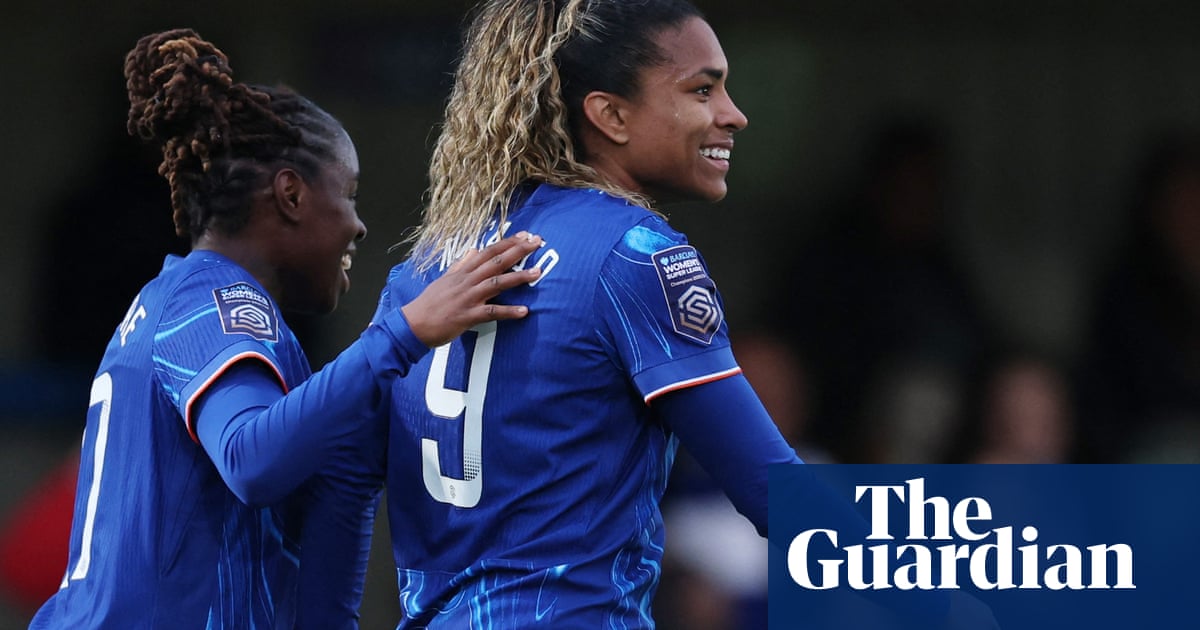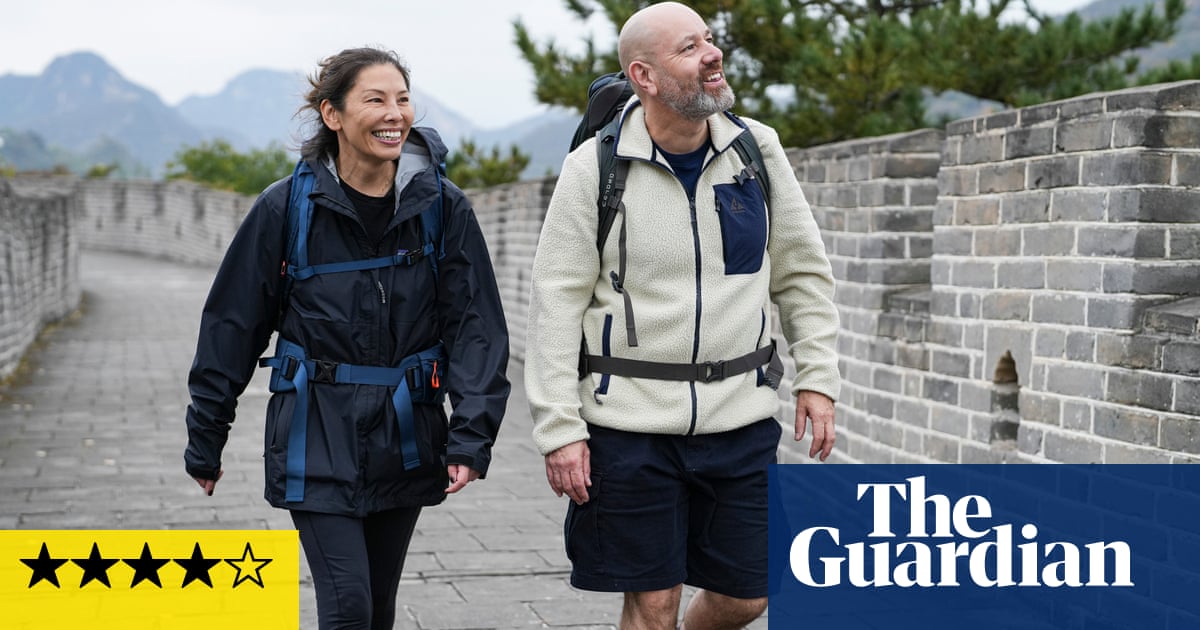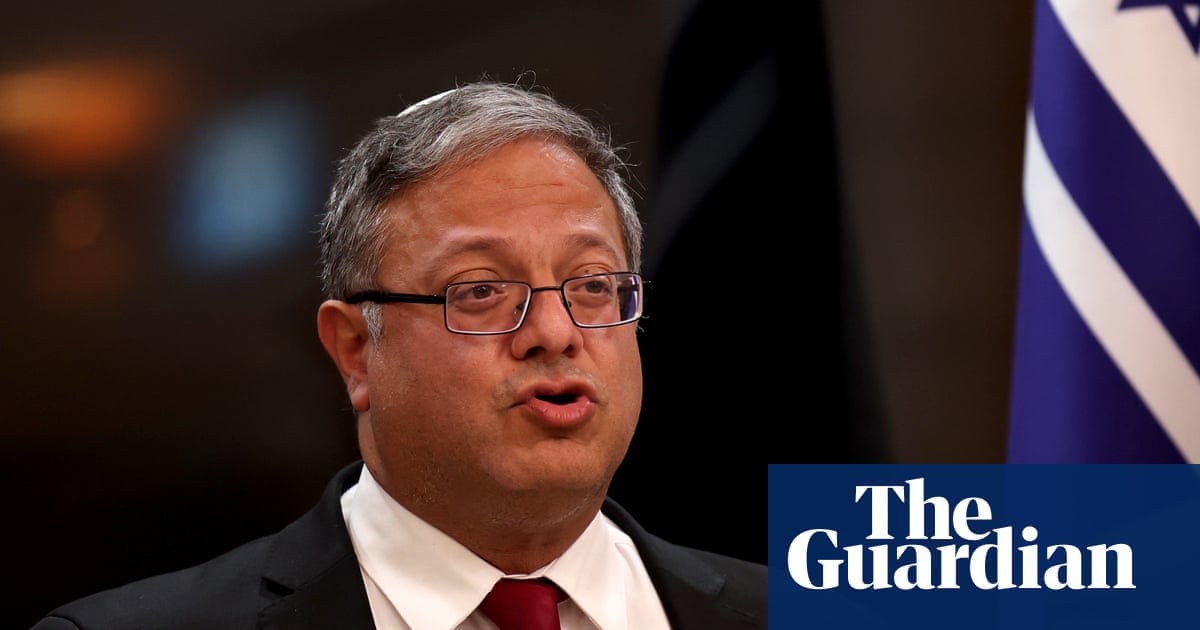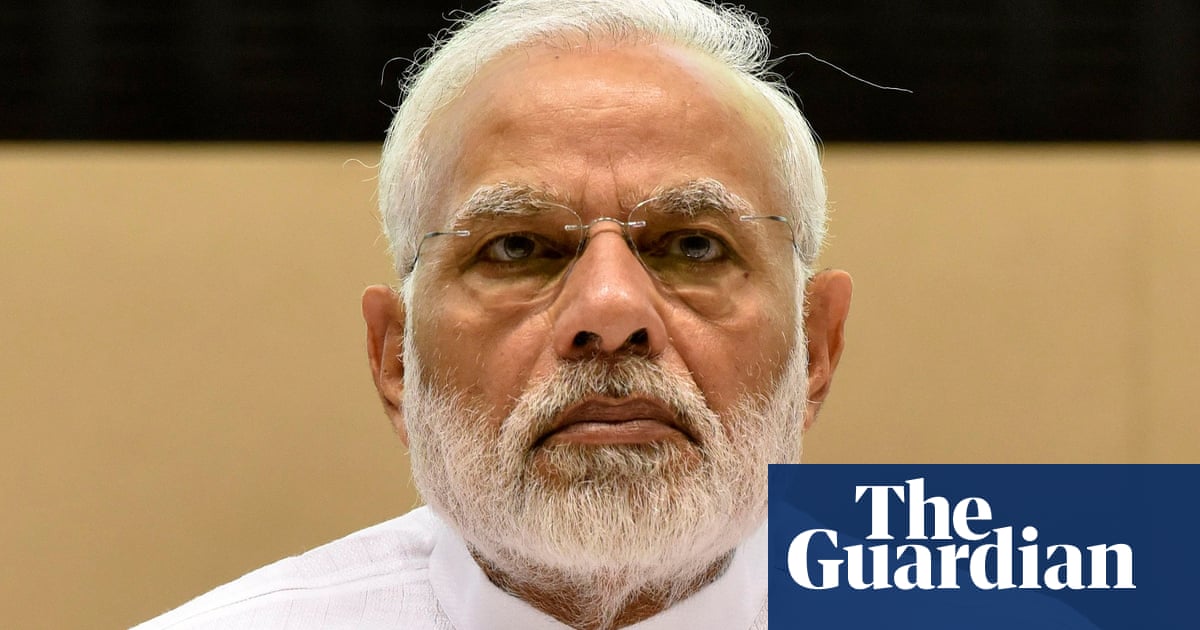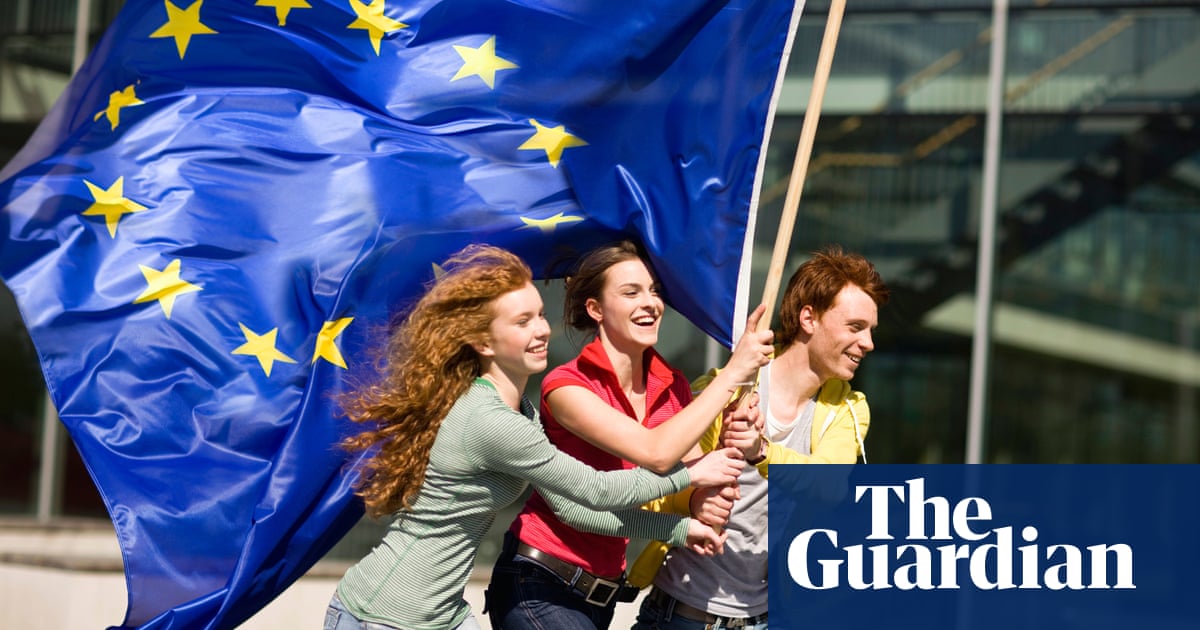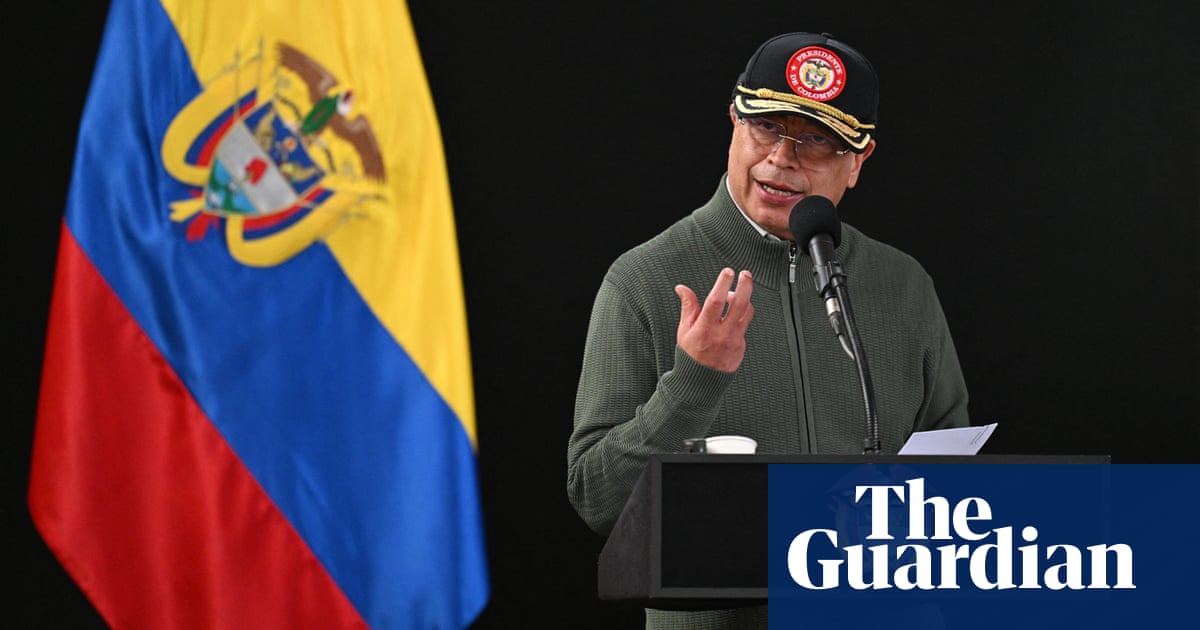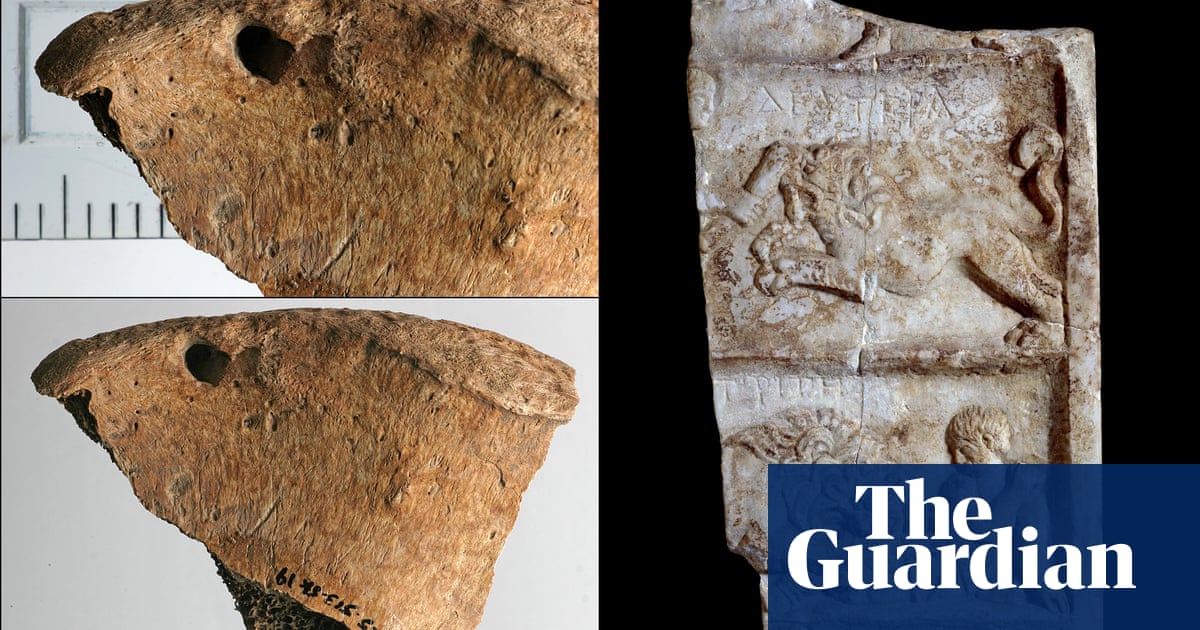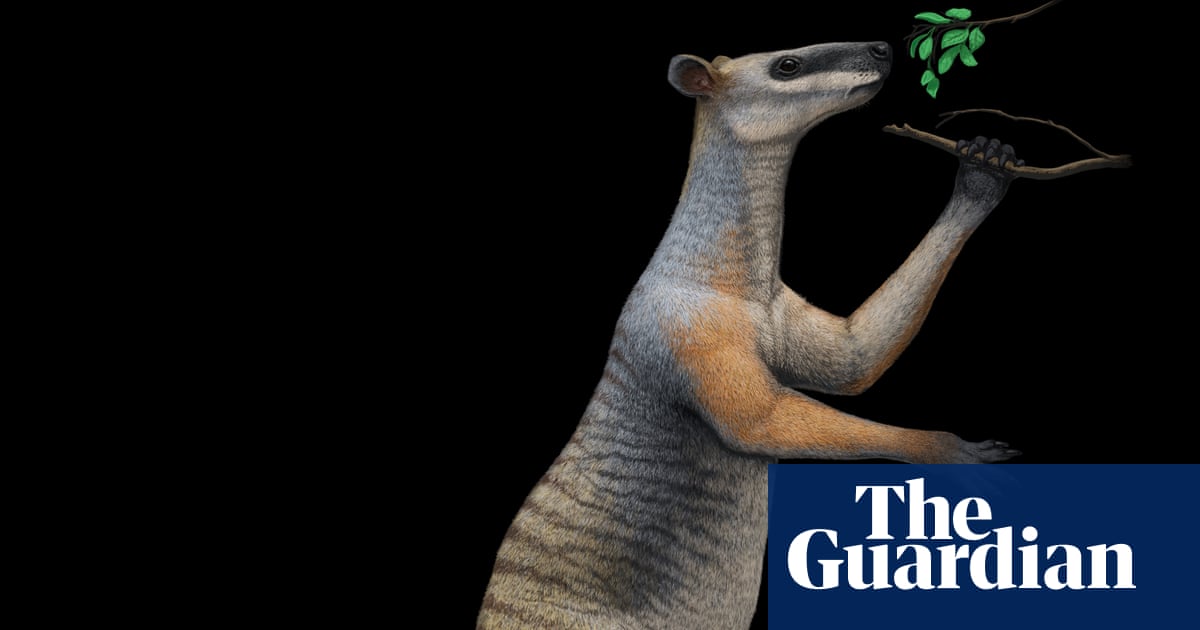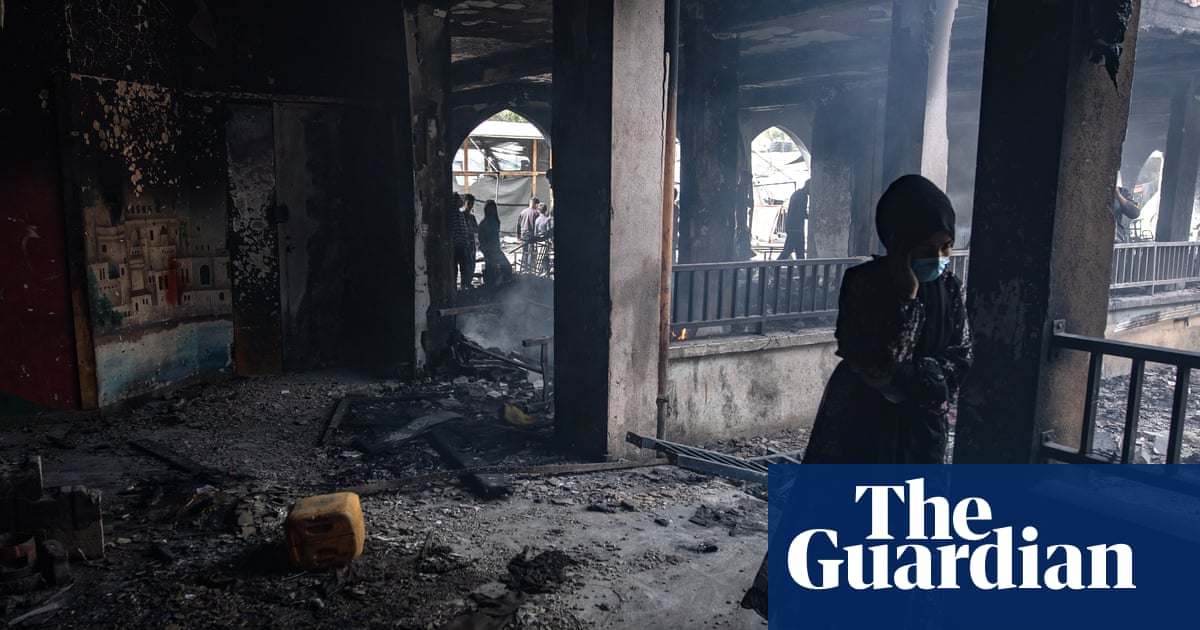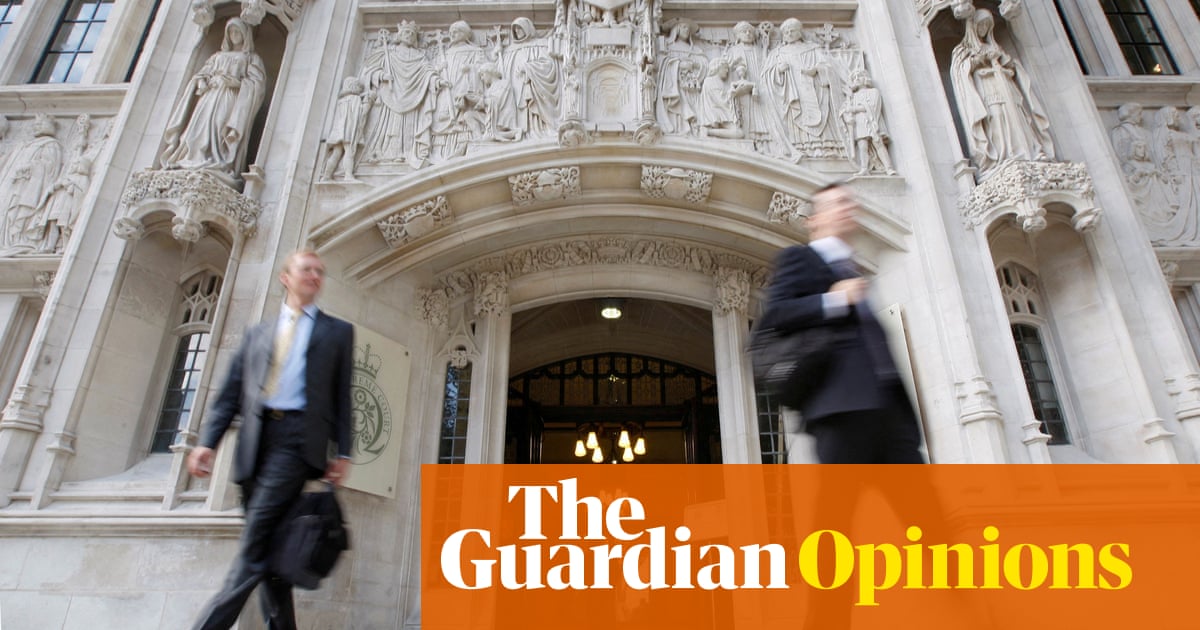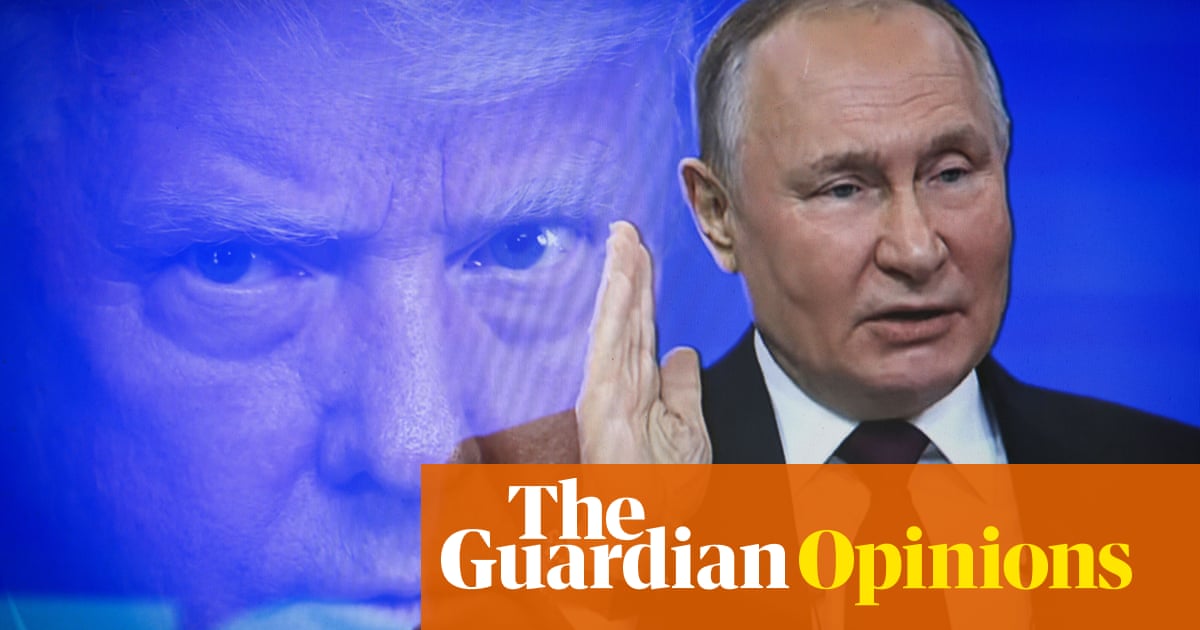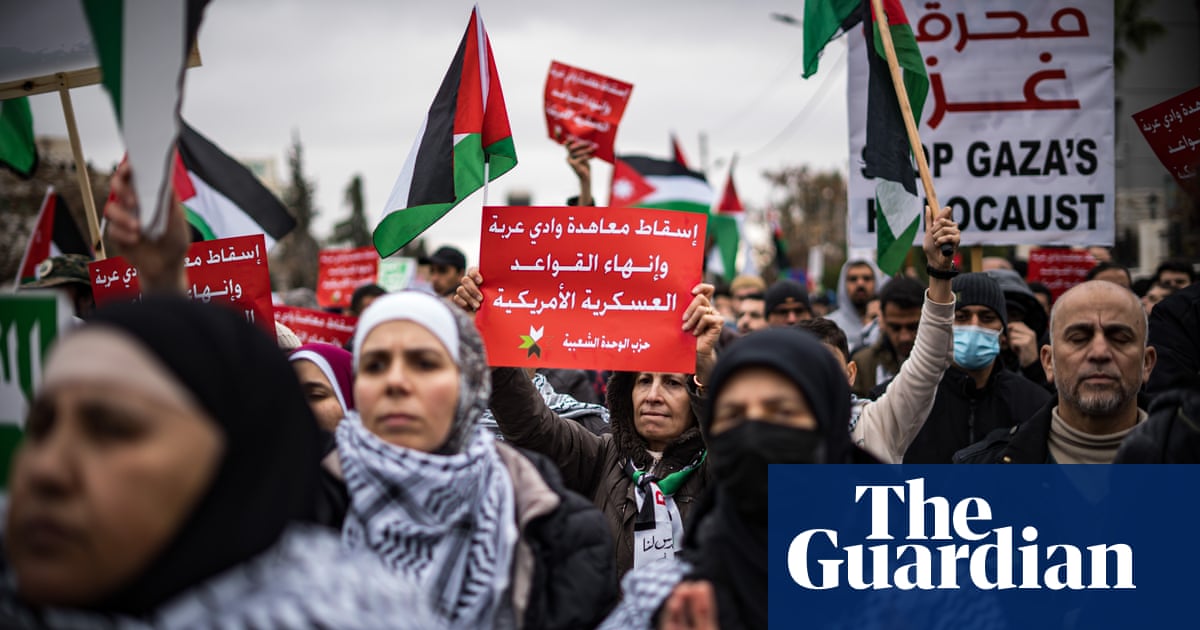As far as the eye can see is a hodge-podge of trees, vegetable plots and water tanks. Up close it may look like a gigantic allotment, but this unusual project actually stretches for 2,000 hectares (4,942 acres), a green belt that now completely rings the city of Ouagadougou.
The green belt began life many years ago in the 1970s, with the aim of building a protective wall against the encroaching desert that lies beyond the greenery, just a few steps away. In Burkina Faso, one-third of the territory – about 9 million hectares of productive land – is degraded, with an estimated average degradation rate of 360,000 hectares per year, according to the Food and Agriculture Organization (FAO). “Burkina Faso is not a climatically favoured country, but the drought of the 1980s exacerbated the problem, leading to significant population movements toward less degraded areas,” explains Sidnoma Abdoul Aziz Traoré, an environmental economist and expert in land degradation at the Centre Universitaire de Ziniaré (CUZ). But the situation, he says, is not irreversible.

The initial goal of the green belt was to reforest 2,100 hectares at an annual rate of 100 hectares, and by 1986, the area where trees had been planted was 1,032 hectares. The project stuttered a little in later years, despite reaching 2,000 hectares. But new impetus has recently been given to the project, which seeks, beyond holding back the desert, to combat heat and promote urban agriculture to help feed a city that has doubled its population in just 14 years, according to data from the National Institute of Statistics and Demography (INSD). The deadly heatwave that hit the country last year, with the temperature in Burkina Faso exceeding 42.3C (108F) for three consecutive days, only hammered home the urgency of what is now a vital project for the city.
“The Sahel responds more quickly to climate change, and we are less prepared,” explains climatologist Kiswendsida Guigma at the Climate Centre of the Red Cross Federation in the Burkinabè capital. “When we analyse the situation on a large scale, we realise that the climate phenomenon has contributed to increasing heat. As a result, there are new initiatives like planting trees. People have realised that we need to cool the city, although we haven’t managed to do it on the necessary scale.”
“One of the objectives of the green belt is to lower the city’s temperature; that’s why we’re also planting trees,” says Moumini Sawadogo of the Spanish Red Cross, which financed a two-hectare garden as part of the belt, including the construction of two water wells and training in agroecology. Research has shown that “botanical gardens are the green spaces with the greatest capacity to lower city temperatures”, and that sites such as the Chelsea Physic Garden and Royal Botanic Gardens at Kew in London, or the Gardens by the Bay in Singapore, reduced air temperatures during heatwaves in the city streets around them by an average of 5C.
City residents can have a plot of six beds. Zarate Ibundo, 55, has lived his entire life collecting stones to sell – a job for those seeking to earn a daily living by any means. Most go to quarries on the city’s outskirts, where they manually break large stones into gravel, which is then used to decorate the gardens of wealthier homes. But two years ago, Ibundo left the stones to engage in agriculture, and now has a plot of six beds, each about 3 metres long and 1 metre wide. “Now, I can earn 2,000xof [West African CFA francs] (£2.54) per day,” he says from the garden where he cultivates lettuce and seasonal produce, located in the fourth arrondissement of Ouagadougou. Here, about a third of the population lived on less than £1.53 per day, according to the World Bank.
Cabbage, onion, mint, lettuce and papaya are now found in the plots, where women work, rest, walk, share and chat while collecting water from tanks within the area. “My suffering has decreased because I have food and earn money,” says Ibundo.

For Nagbila Salimata, 66, it’s the first time in her life that she feels she works in tranquility. Like her companion, Ibundo, she used to make a living collecting and transporting stones to sell. Now she eats onion and okra, a fresh and appreciated product in Burkinabè and African cuisine. Just a few steps away, right outside their garden, the ground becomes sandy again, and the wind raises dust that makes the neighbourhood cough. It seems impossible that these green beds used to be like that.
“The 2024 heatwave was exceptional. I think it has helped open people’s eyes to the fact that climate change is present even in the city,” says Guigma. According to a study published by Nasa that analysed the impact of green spaces in 500 cities worldwide, cities in the global south do not have the same cooling capacity. While in richer cities, green spaces can cool up to 2.5C, in an average northern city, the cooling capacity is 3.6C. The same study refers to this as the “luxury effect”, as wealthier cities have more green spaces. “It’s already clear that global south countries will be impacted by heat waves, rising temperatures, and climatic extremes more than their global north counterparts,” said Chi Xu, a professor of ecology at Nanjing University and a co-author of the study.
The belt can also offer a solution to people fleeing rural areas, who are accustomed to working the land, like Lassina Kaboré, 54, who used to work as a cereal farmer, but had to give up his farm and had turned to collecting garbage with a donkey and cart. He now looks after six beds of lettuce, which give him some income.

Ibundo, Salimata and Kaboré rest under a banana tree to talk. “We water, rest, water – that’s our day,” they say, laughing and buying some soy skewers from a street vendor. A little further away, two women also rest under the shade of another tree. “We planted this one ourselves What do you think?” asks Sawadogo.

.png) 2 months ago
24
2 months ago
24
